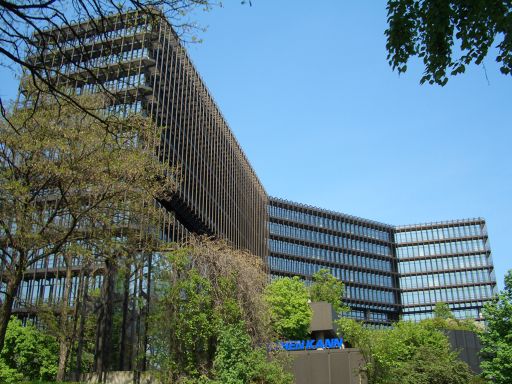European Patent Office - the EPO
What Else Do You Need To Know About It?

In the European Patent Office - Part I we gave a little historical background and opined on why the EPO has been successful. So let's move on to some other points.
The Member Countries
I want first to show you the list of the member countries of the European Patent Office. Not going to talk a lot about this list other than to show it so you can rest assured that when you file an EPO application you are covering the bases (in Europe) Here is the list.
- Austria
Belgium
Bulgaria
Cyprus
Czech Republic
Denmark
Estonia
Finland
France
Germany
Greece
Hungary
Iceland
Ireland
Italy
Latvia
Liechtenstein
Lithuania
Luxembourg
Malta
Monaco
Netherlands
Poland
Portugal
Romania
Slovak Republic
Slovenia
Spain
Sweden
Switzerland
Turkey
United Kingdom
So how does this work?
The overall procedures are, as you might expect, somewhat different than the US patent office, but the more detailed aspects will not be reviewed here. I will cover that in another article. A simpler explanation is....
You need a foreign agent
You must hire a registered patent agent that practices before the EPO. Actually you will not do that yourself - your U.S. patent agent will usually have a European agent that he/she normally deals with. But you must work with someone registered to practice before the EPO.
There are three languages
The European Patent Office operates in three official languages - English, German, and French. The EPO rules specify that the language of the proceedings at the office will be the same as the language in which the application is originally filed. So, assuming your wrote your patent in English the prosecution before the Examiner will similarly be in English.
How do you get the individual patents?
The patent prosecution with the EPO office proceeds much as an examination in a member country. But when (if) the patent is granted the applicant (you) has the option to have the patent validated in all of the member countries. No further examination is done in the member countries - they simply accept the EPO patent.
That does not mean the validations are free. In fact each member country then requires the payment of validation fees to cover their administrative costs and translation fees to translate the complete patent into the appropriate languages. We will talk later about the ballpark costs for these validations.
This may be all the detail you desire about the European Patent Office. But in future articles I will dig a little deeper into typical costs to get European patents, some of the nuances in how the EPO views novelty and non-obviousness, and the EPO Opposition Practice.
Links
European Patent Office - the EPO
Return to the Top of This Page
EPO - Part I
Return to Part I on the EPO
The Business of Patents Home Page
Return to Home Page
US Patent Office
Return to the Patent Office Page.
Mike Ervin
Mike Ervin - Cost Effective Small Business Patent Protection.
Contact Me
If you have any questions on on this site - please feel free to contact me.